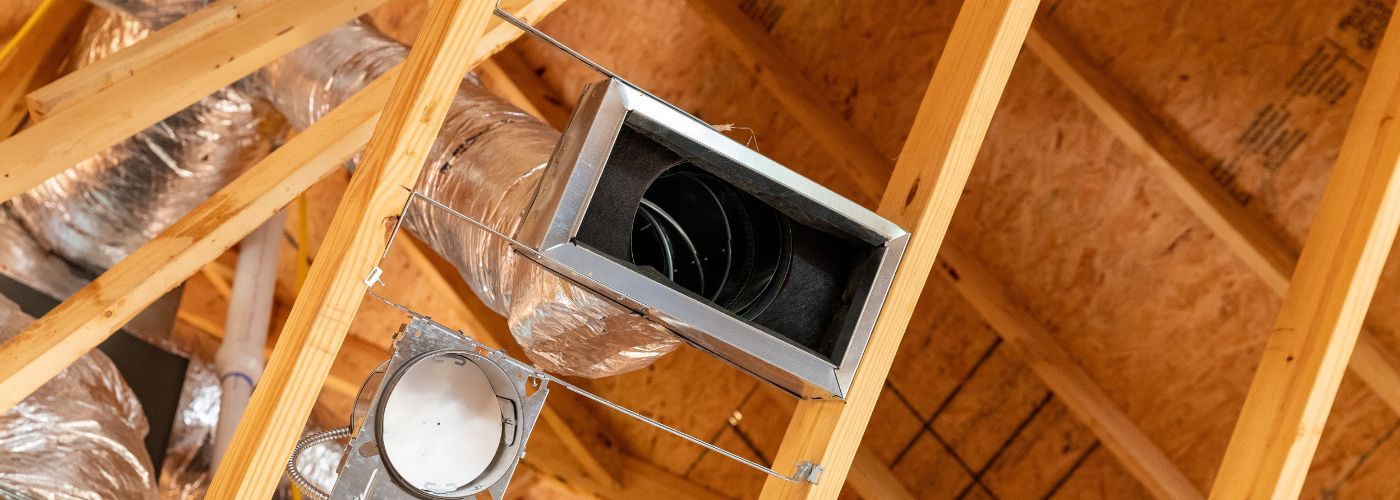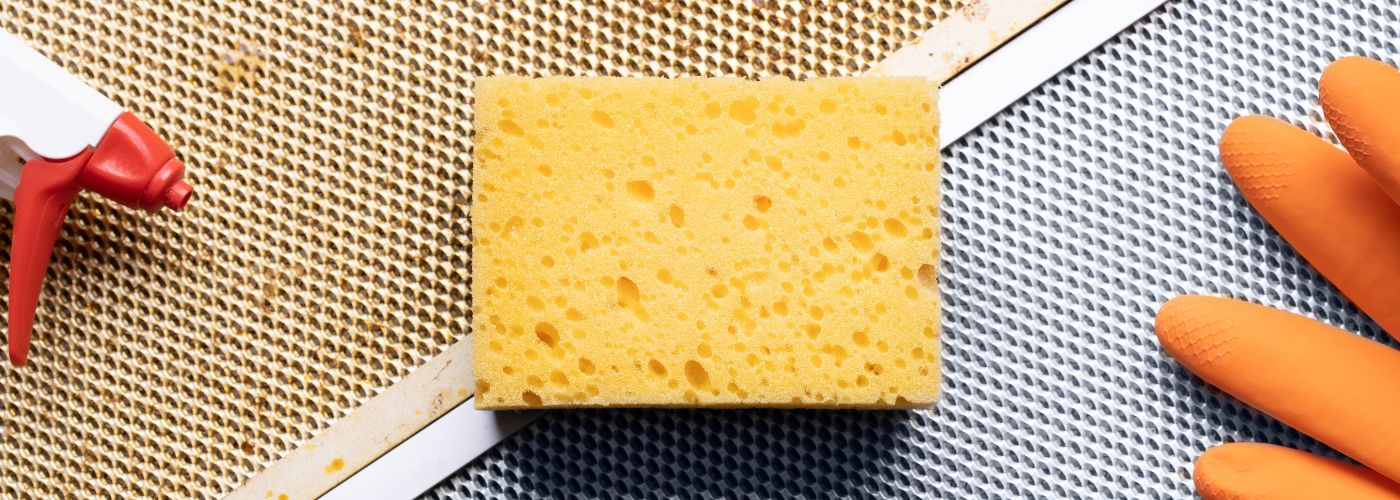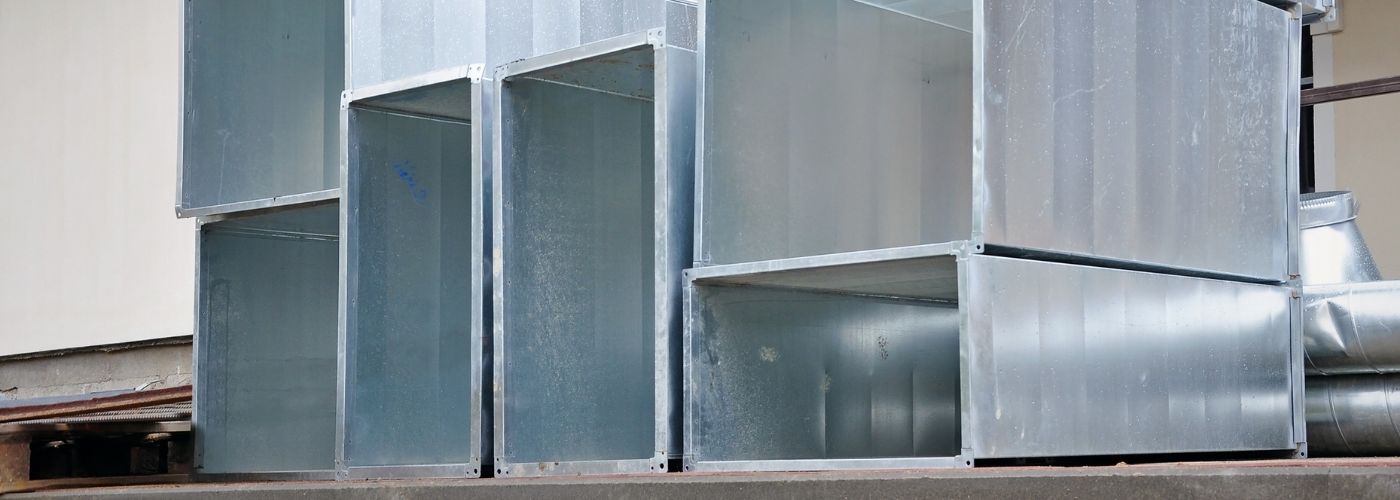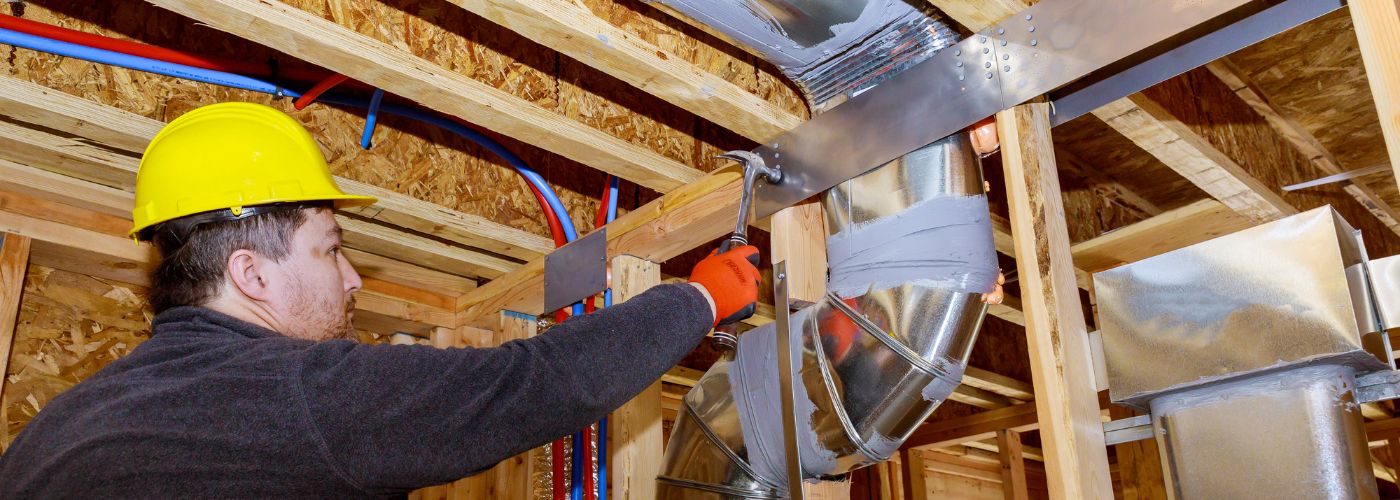Your home’s ductwork plays an important part in bringing your heating and cooling needs. Any issues with the ductwork can lead to issues with your HVAC system and higher energy costs and consumption. We’ll review the best ductwork tips for your home so that your air quality is clean and clear of any issues.
What Is Ductwork

Ductwork is an integral part of any forced-air heating or cooling system. It is a system of metal and plastic pipes that deliver heated or cooled air throughout a home. The ductwork is usually hidden away in ceilings, crawl spaces, and walls, so homeowners are often unaware of its existence until something goes wrong. Typically, dirty vents are the biggest issues with ductwork.
Ductwork is made up of supply and return vents that connect to a furnace or air conditioner. The supply vents distribute heated or cooled air to different rooms in the house, while the return vents bring warm or cool air back to the furnace or AC unit to be reheated or cooled again.
Ductwork can develop leaks over time, which can cause a decrease in heating and cooling efficiency. Homeowners should have their ductwork inspected regularly by a professional to ensure it is in good working condition.
How To Increase Airflow In Ductwork

There are several ways to increase airflow in ductwork. One way is to increase the size of the ductwork. This can be done by increasing the diameter of the ductwork or by increasing the length of the ductwork.
Another way to increase airflow is to reduce the friction in the ductwork. This can be done by reducing the number of bends in the ductwork or using smooth-walled ductwork instead of corrugated ductwork. Finally, another way to increase airflow is to use a blower to force air through the ductwork.
It’s important to get routine duct cleanings to prevent any dust and debris from preventing the ductwork from delivering the heated or cooled airflow. Over time, ductwork can get dirty. So, it’s important to get routine cleanings to maintain efficiency and performance.
How To Size Ductwork

Ductwork sizing is an important process in the design of any forced-air HVAC system. The size of the ductwork will determine the amount of air that can be moved through the system, and how efficiently it can do so. There are a few different methods that can be used to size ductwork, and each has its advantages and disadvantages.
The most common method for sizing ductwork is the static pressure method. This method uses the pressure difference between the supply and return sides of the system to calculate the airflow. The advantage of this method is that it is relatively simple to calculate. The disadvantage is that it does not consider any dynamic effects, such as friction, which can reduce the actual airflow through the system.
How To Seal Ductwork
Ductwork is one of the most important parts of your home’s HVAC system. It is responsible for delivering conditioned air to every room in your house. Sealing ductwork ensures your HVAC system runs efficiently and doesn’t waste energy. Here are a few tips on how to seal ductwork:
1. Inspect your ductwork regularly for any leaks or holes. These can be caused by poor installation, age, or damage.
2. Use mastic sealant or metal-backed tape to seal any leaks or holes that you find. Ensure the sealant or tape is rated for use with HVAC systems.
3. If you have any questions about how to seal your ductwork properly, consult a professional air duct contractor.





Related Stories
Why Dryer Vent Cleaning is Important?
Dryer Vent Cleaning with Air Duct LV Heating & Cooling Dryer vent cleaning is an
Jul
Top-Quality HVAC Installation Service in Las Vegas
When it comes to maintaining a comfortable indoor environment, a reliable HVAC system is essential.
Jul
Air Duct LV Heating & Cooling: Your Premier HVAC Company in Las Vegas
When it comes to maintaining comfort in your home or business, a reliable HVAC system
Jul
Las Vegas AC Repair Service by Air Duct LV Heating & Cooling
Keeping Cool in the Desert Heat Living in Las Vegas or Henderson, we know just
Jun